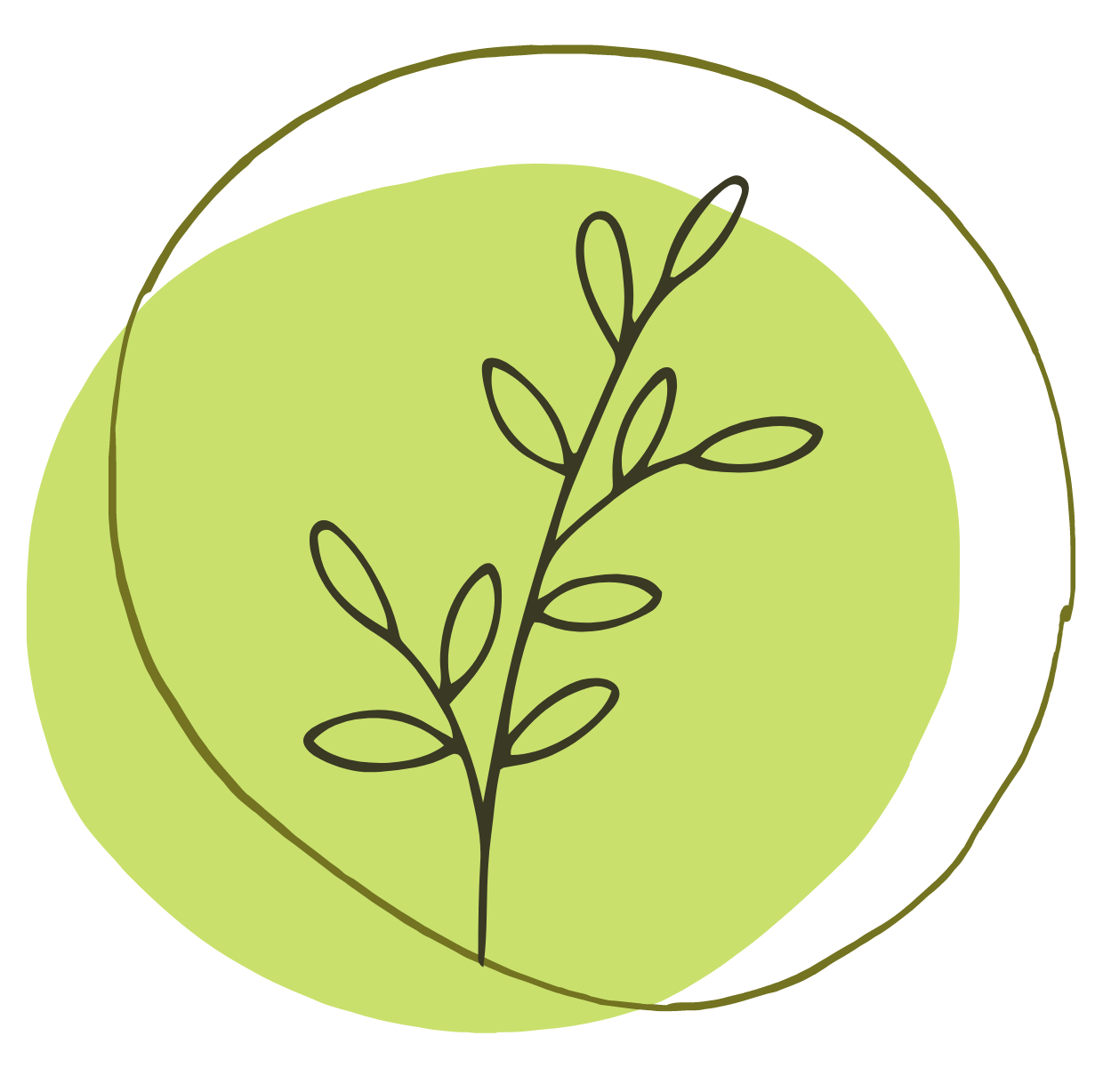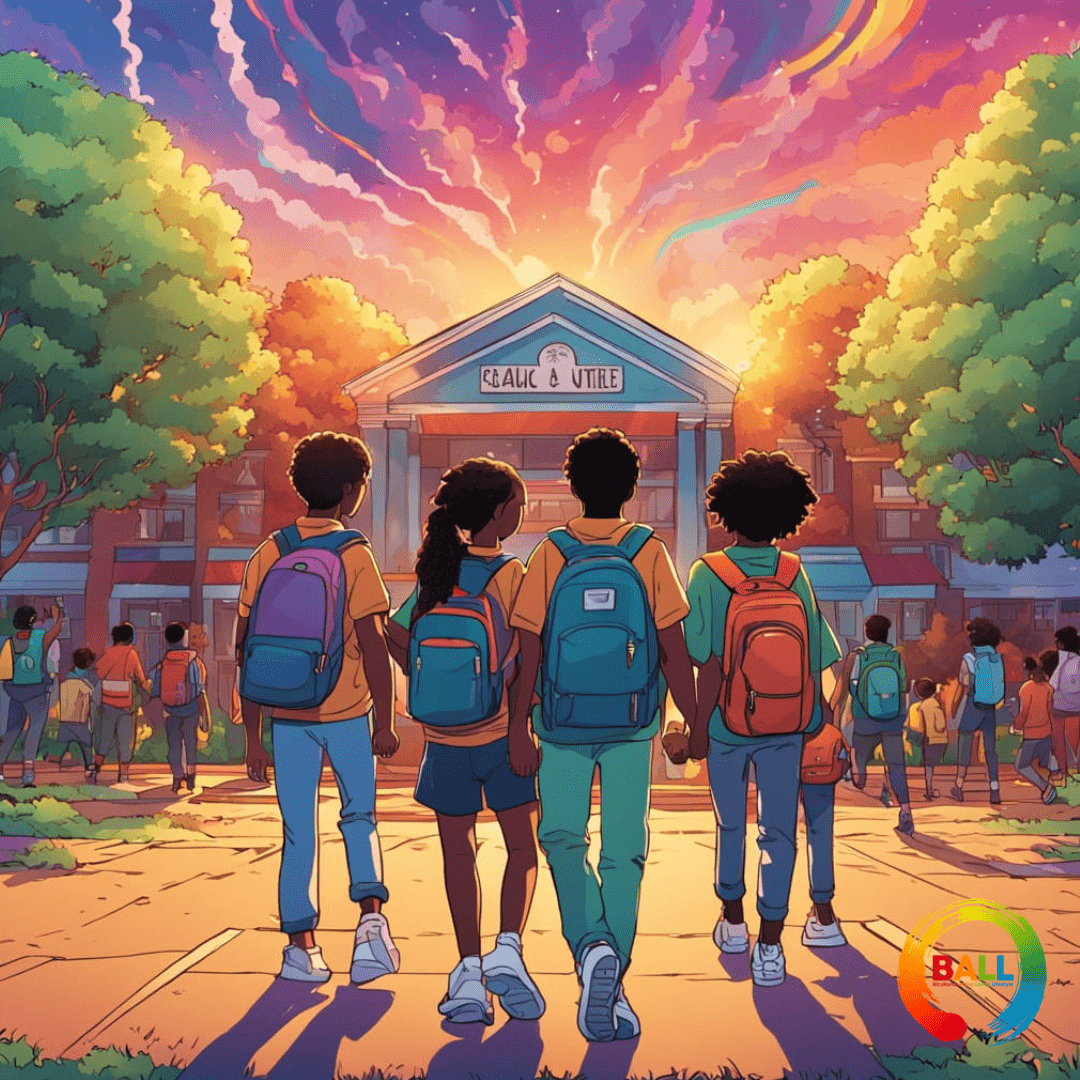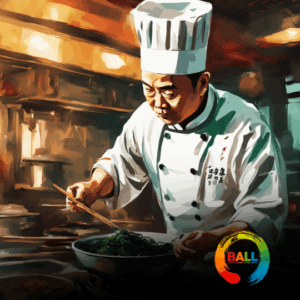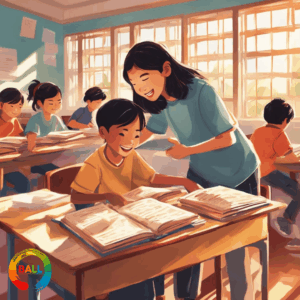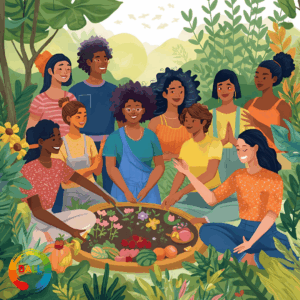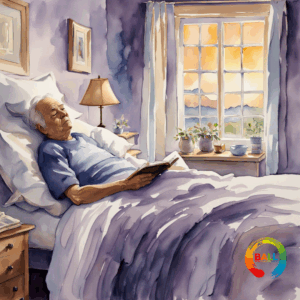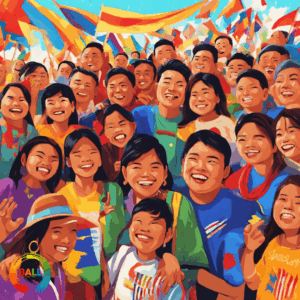Preventing youth violence begins with understanding that no single cause leads a young person to commit or experience violence. Instead, it’s a mix of individual, relationship, community, and societal influences. Risk factors—such as exposure to violence at home, poor academic performance, or associating with delinquent peers—can increase the chances of violent behavior. On the other hand, protective factors—like strong family connections, high academic achievement, or community involvement—can reduce those risks. Identifying and addressing these layers can empower parents, educators, and community leaders to intervene early and build supportive environments for youth. By increasing what protects and reducing what harms, we create safer, healthier communities for everyone.
Key Facts
- Youth violence is shaped by a combination of factors, not a single cause.
- Risk factors include poor behavioral control, substance use, and exposure to family or community violence.
- Protective factors include strong family bonds, high academic achievement, and supportive school environments.
- Prevention efforts must address multiple layers: individual, relationship, community, and societal.
Preventing youth violence isn’t just about stopping harm—it’s about building hope. Every effort we make to strengthen protective factors and reduce risks helps shape a generation of safer, more connected, and empowered young people. Together, we can move forward.
Reference:https://www.cdc.gov/youth-violence/risk-factors/index.html
